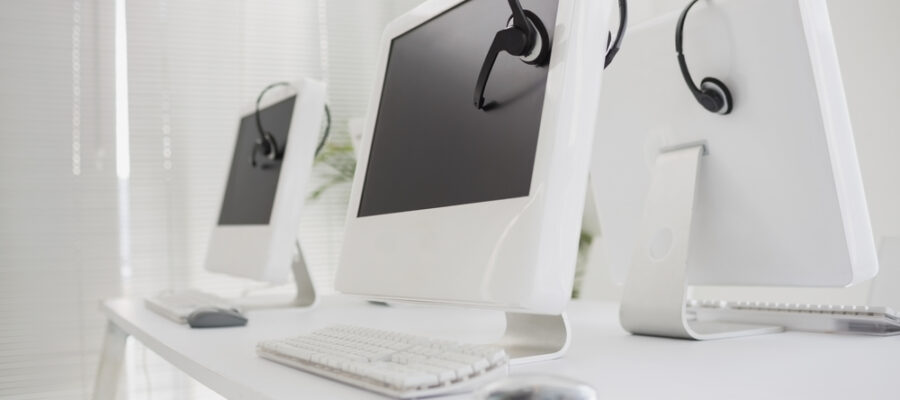The world of work has changed significantly due to the Covid-19 pandemic. The sharp increase in the number of home offices is just one feature of this. But even after the Corona period, working from home remains a popular perk for most company employees.
This has an impact on company locations, as a company survey conducted by the Ifo Institute in Munich recently showed.
Unoccupied workstations in the offices
The home office rate in Germany has been almost stable for a year, at 25%. A surprisingly high figure considering that before Corona in 2019 it was only 10%. According to the study, this means that on an average day, 12.3% of office workstations are unoccupied. In 2019 – before the pandemic began – this number was only 4.6%. As a result, the average number of unfilled office jobs has nearly tripled in recent years.
Strong sector-dependent differences
However, the average figure has limited meaning, as there are large sector-specific differences in the proportion of home offices and thus also in the number of empty workstations. One thing is clear: the trend is increasing across all industries. In retail and construction, the increase in job vacancies is relatively limited, standing at +2.6% (3.2% to 5.8%) and +0.8% (1.7 to 2.5%) between 2019 and 2023.
In the services sector, however, in 2019 6.2% of positions remained vacant on an average working day; in 2023 the figure is 16.8%. This means that every day in this professional field there are 10.6% more unused desks.
The sectors most affected by the changes are information technology, advertising and market research, business consultancy and the pharmaceutical industry.
Manage vacancies
What can companies do with the open spaces created?
One possibility is to convert them into open spaces (such as creative spaces) or coworking spaces. This not only optimizes the use of space, but also ensures a more personal exchange on face-to-face days. This measure becomes even more important due to the decrease in social contacts between employees due to the home office.
Another option is to reduce space requirements by renting or selling unused parts of offices. In this way companies can free themselves from further financial burdens.
In any case, so-called desk sharing is a good option for companies to coordinate the change between being in the office and working from home. Desk sharing means that not all company employees have their own workstation, but a reduced number of workstations are made available based on the number of employees and the share of home offices. These can be “rented” (for example online) by those who intend to come to the office, reducing unused space.
Assuming a 40% home office rule, five workstations may be enough for eight employees. The breakdown might look like this:
If you are interested in the topic and want to find out more about the possibilities that desk sharing offers in the company, click here:
Consequences for the real estate market
It remains to be seen whether the need to rent or purchase office space will also decrease due to the higher percentage of home offices. The trend is obviously towards new, high-quality properties, which can still be sold easily.
As a result, empty offices could have an impact on property prices in the future, especially in the urban centers of larger cities. However, this phenomenon is not yet observable.
Conclusion
Home office is a very attractive perk for employees, but it presents companies with some challenges as the quota increases. There are several ways to make more sensible use of redundant jobs or to sell them. In any case, it will then be necessary to introduce a system that allows coordination between the remaining desks and the employees in attendance. A good option for this purpose is desk sharing via an online system. It is equally important to be able to keep track of who works, where and when. This can be clearly presented using staff deployment planning software.
latest posts published

Are you starting to run? This is how we persevere!

Your time invested profitably every day: What are your EPAs?

Energy flat rate: who is entitled to the 300 euro bonus?

Here’s how companies choose the right solution

Set and achieve goals with SMART

Different working models and employee retention: a connection?

Flexible working hours

Personal Kanban in the notebook: be productive

Reporting for effective workforce management


